Perennial Larkspur.
wantonamara Z8 CenTex
9 years ago
Related Stories

GARDENING GUIDESTop 12 Summer-Blooming Perennials for Deer-Resistant Drama
Can you have garden color, fragrance and exciting foliage with hungry deer afoot? These beauties say yes
Full Story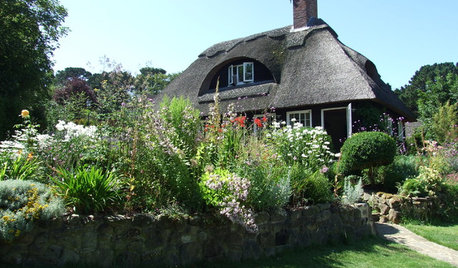
LANDSCAPE DESIGNHow to Create a Cottage-Style Garden
If you like an abundance of plants — and visits from birds, bees and butterflies — this may be the style of yard for you
Full Story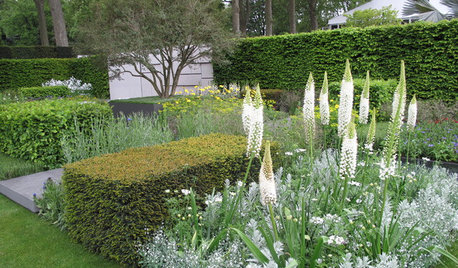
GARDENING GUIDESGreat Garden Ideas From the 2015 Chelsea Flower Show
Peruse inspiring plants, plant combinations and design ideas from London’s famed garden exhibition
Full Story
GARDENING GUIDESSee Winning Gardens From the 2015 Chelsea Flower Show
The popular annual London event showcases the best in garden design. Get inspired by these 2015 gold-medal winners
Full Story
GARDENING GUIDESBackyard Birds: Invite Entertaining Hummingbirds Into Your Garden
Hummingbirds — unique to the Americas — zip through open landscapes seasonally or year-round. Here’s how to attract them
Full Story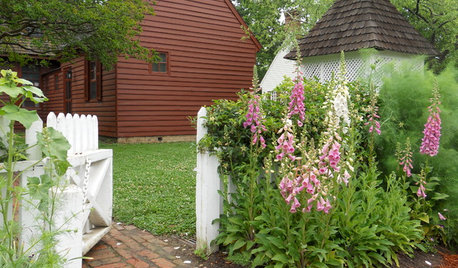
INSPIRING GARDENSSpring Garden Ideas From Colonial Williamsburg
Discover old-time resourcefulness — how gardeners worked the land, used local materials and more — to apply to your landscape today
Full Story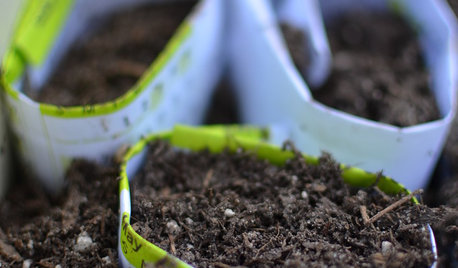
SOUTHWEST GARDENINGTexas and Desert Southwest Gardener's January Checklist
Since snow doesn't swirl in these parts, it's time to get fruit trees in the ground, check irrigation and color the garden with annuals
Full Story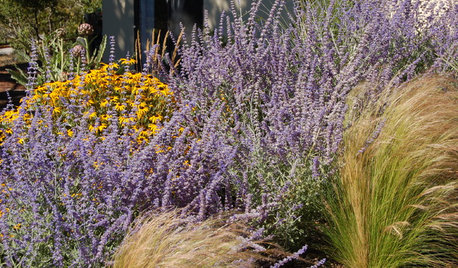
CALIFORNIA GARDENINGSouthern California Gardener's November Checklist
Sow wildflower seeds while ye may, give berries some love and pay attention to produce for garden veggies all winter long
Full Story0
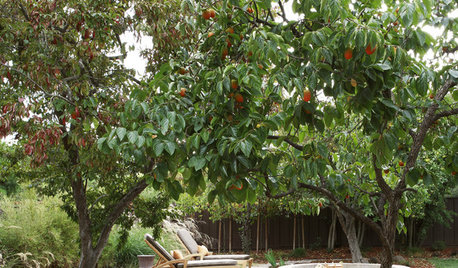
SOUTHWEST GARDENINGTexas Gardener's December Checklist
Northern neighbors may be hibernating, but in the South it's time to lavish care on fruit trees, flower seeds and bulbs
Full Story





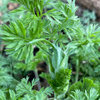

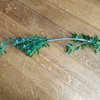
User
shadeyplace
Related Professionals
Maple Valley Landscape Architects & Landscape Designers · West Milford Landscape Architects & Landscape Designers · Fort Lee Landscape Architects & Landscape Designers · River Forest Landscape Architects & Landscape Designers · Severn Landscape Architects & Landscape Designers · Clermont Landscape Contractors · Surprise Landscape Contractors · Amesbury Landscape Contractors · Conroe Landscape Contractors · Davidson Landscape Contractors · Fuquay-Varina Landscape Contractors · Lake Zurich Landscape Contractors · Lakeville Landscape Contractors · Shoreview Landscape Contractors · 07920 Landscape Contractorswantonamara Z8 CenTexOriginal Author
aachenelf z5 Mpls
wantonamara Z8 CenTexOriginal Author
TexasRanger10
User
TexasRanger10
shadeyplace
User
wantonamara Z8 CenTexOriginal Author
shadeyplace
wantonamara Z8 CenTexOriginal Author
wantonamara Z8 CenTexOriginal Author
TexasRanger10
User
flowergirl70ks
wantonamara Z8 CenTexOriginal Author
TexasRanger10